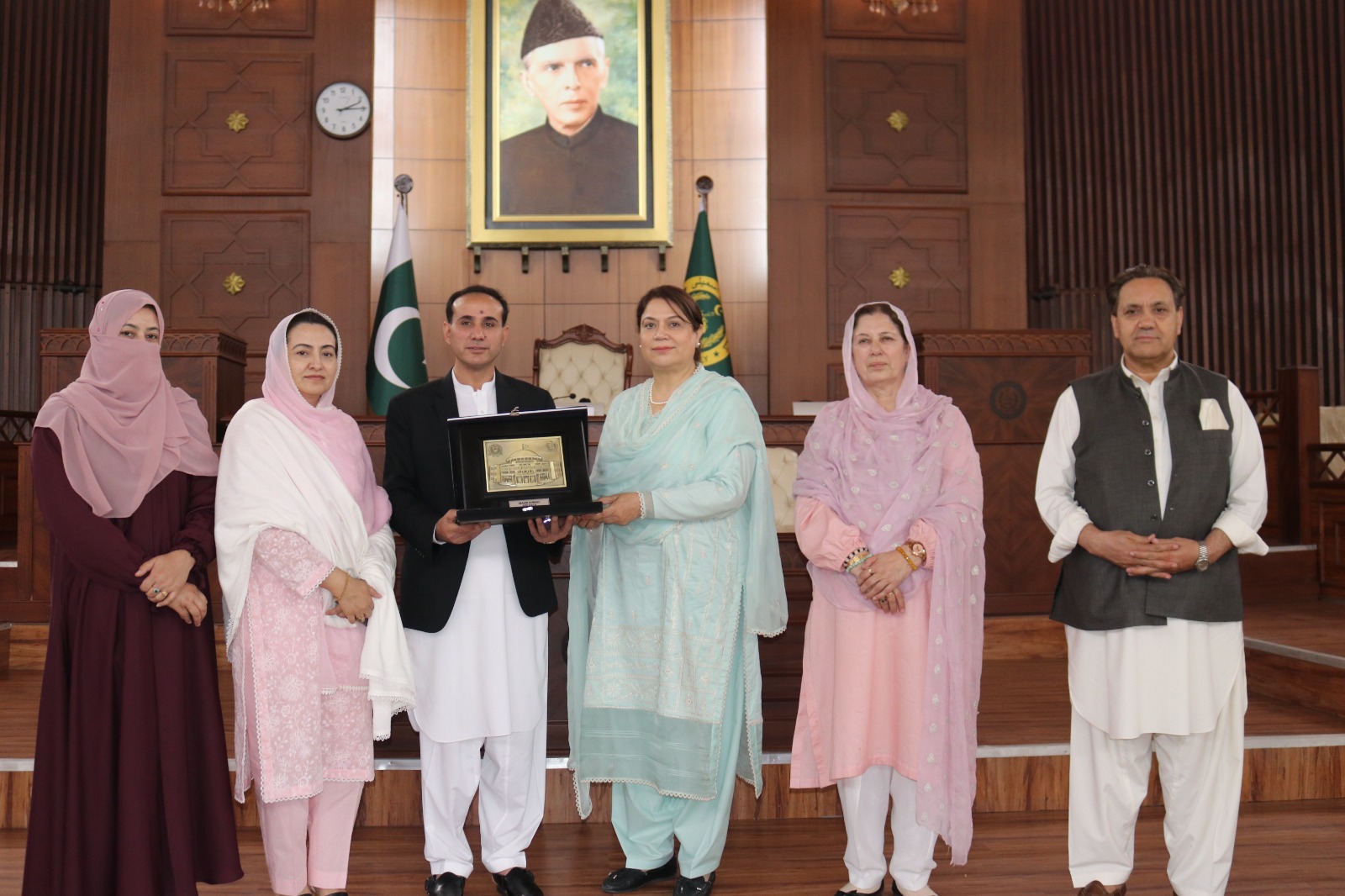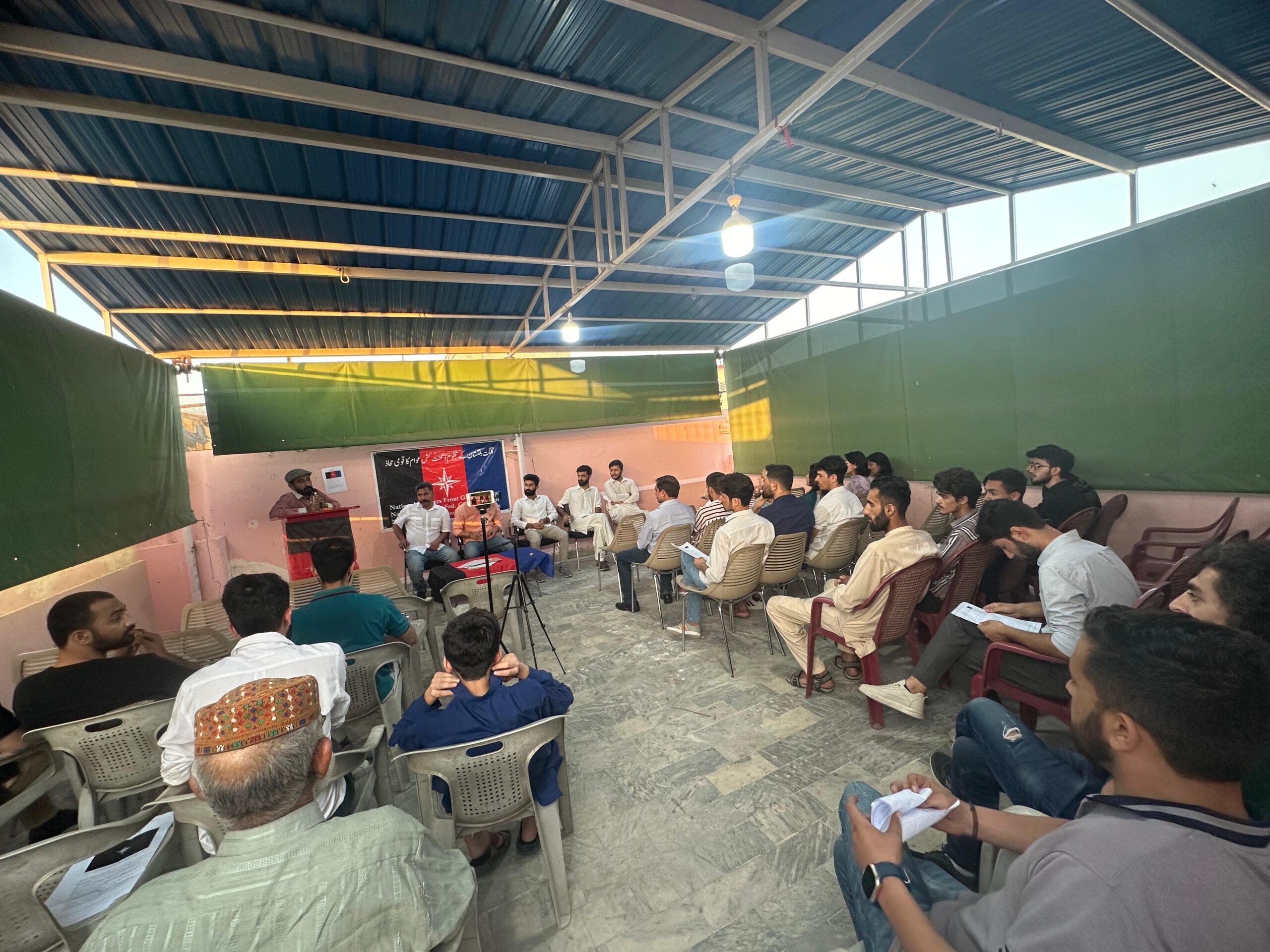Immediate Problems
|
How successful Pakistan was in overcoming the problems
|
|
Division of financial assets
- In June 1947 a formula was agreed upon between Congress, the league, and the British with reference to the distribution of financial assets between both states.
- According to this formula, Pakistan’s share of financial assets amounted to 750 million rupees of the 4 billion rupees in the Reserve Bank. India paid the first 200 million rupees but it declined to pay the remaining 550 million rupees.
- Pakistan needed this money desperately to overcome economic problems faced as a newly founded country with the worst economic conditions.
|
- State Bank of Pakistan was established in 1948 to address issues related to finances.
- Pakistan received the withheld money of 550 million rupees as part of its financial share from the Reserve Bank of India through the support of Gandhi.
- Gandhi was determined that the division of assets should be as fair as possible.
- He objected to what the Indian government was doing and took steps to try to persuade it to pay the money it was withholding.
- As a supporter of non-violence, he used the threat of a hunger strike and successfully persuaded the Indian government to pay a further 500 million rupees.
|
Division of Military Assets
When Pakistan came into being, its military was under-resourced. India did not provide Pakistan’s share of military equipment as per the agreement. There was a total of 16 ordnance factories were in India. None of these ordnance factories were given to Pakistan. Consequently, Pakistan had no factories capable of making military goods.
Any equipment supplied to Pakistan by India, not in proper condition, it was rather obsolete, worn, and of no use. Moreover, whatever military supplies reached Pakistan did not reach in time. |
- Pakistan needed to improve its security to counter any aggression from its neighbor India.
- For that Pakistan attempted to establish relations with the world and countries who could support Pakistan.
- In 1950 Pakistan established its relations with the USA and signed a military agreement i.e. SEATO and CENTO.
- Consequently, Pakistan received adequate economic and military aid which helped Pakistan improve its defense capabilities.
|
Refugee problems
- Millions of people migrated from both sides amid violence.
- Millions of Muslims poured into Pakistan empty-handed, ill, and weak.
- Provision of clothing, food, shelter, medicine, and immediate and long-term rehabilitation of refugees was an uphill task for the newly created but economically crippled country.
|
- The government of Pakistan arranged refugee camps in Lahore where refugees poured in through Wagha. Medication, clothing, shelter for the newly arrived refugees were arranged.
- The Refugees Ministry was formed to ensure smooth rehabilitation of refugees.
- Quaid-e- Azam shifted his headquarters from Karachi to Lahore to personally oversee the efforts made to help refugees.
- The people of Pakistan rushed to help their migrant brothers and assisted government efforts in the provision of food, shelter, and medication.
- In the long run, refugees were provided lands to practice agriculture. They were also helped to establish industries to contribute to personal and national development.
- The government of Pakistan built residential programs in which thousands of the refugees were provided with flats and residence.
|
| Administrative Problem: A new government had to be formed. New capital had to be decided. Records were left in India. There was a lack of offices to start bureaucratic and public services. The offices lacked stationery. |
- A new government was made with Liaquat Ali Khan as prime minister.
- Karachi was made the capital of the new country.
- To address the shortage of offices, private buildings were brought into use.
- Official records and files were brought from New Delhi.
- Civil servants who wanted to come to Pakistan were airlifted from India to Pakistan.
|
|
Canal Water Dispute: India blocked water to Pakistan from Ferozpur where canal headworks located. India claimed that as the headworks were in its country it had complete rights to do what it wanted with the water.
But, the economy of Pakistan depended upon this water. |
- In May 1948 a temporary agreement was reached. India agreed to allow water from east Punjab to flow into West Punjab, but only if
- Pakistan agreed to try to find alternative water supplies.
- Indus Basin Treaty was signed between India and Pakistan in 1959.
- According to this treaty, Pakistan was given exclusive rights on the three western rivers of the Indus Water System (River Indus, Jhelum, and Chenab). Dams, barrages, and canals were constructed in Pakistan with international support as compensation for the water of rivers (Sutlej, Ravi, Beas) on which India was given exclusive rights of use.
|
| The problem of national language: East Pakistanis started to protest against Urdu being declared as National Language. They demanded that Bengali should be declared National Language because it was the language spoken by the majority of people in Pakistan. |
Quaid-e-Azam visited East Pakistan and toured different places. He addressed public gatherings and asked people to beware of the anti-Pakistan elements who wanted to weaken Pakistan in the name of the language. With this visit of Quaid-e-Azam, the language issue disappeared. It resurfaced after the death of Quaid – e- Azam. However, it was addressed when Bengali was declared the national language along with Urdu in the 1956 constitution. |
| Princely states (Hyderabad, Junagarh, Kashmir): As per the Indian Independence Act 1947 the princely states have the right to either join India or Pakistan or remain independent. The princely states of Hyderabad and Junagarh had acceded to Pakistan but the Indian Army forcibly occupied these states. Moreover, India occupied the princely state of Jammu and Kashmir on 27 October 1947. 85% of the population in Kashmir was Muslim and they did not want to join India. |
The Pakistan government protested to the United Nations Organization about the illegal occupation of Hyderabad Deccan and Junagarh but the matter remains unresolved.
In the case of Kashmir Pakistan also entered to support freedom fighters and War between Pakistan and India broke out in Kashmir. On the intervention of the United Nations cease-fire was brought about between Pakistan and India. The issue is still not resolved despite many wars and war-like situations always existing between both of the states. |











